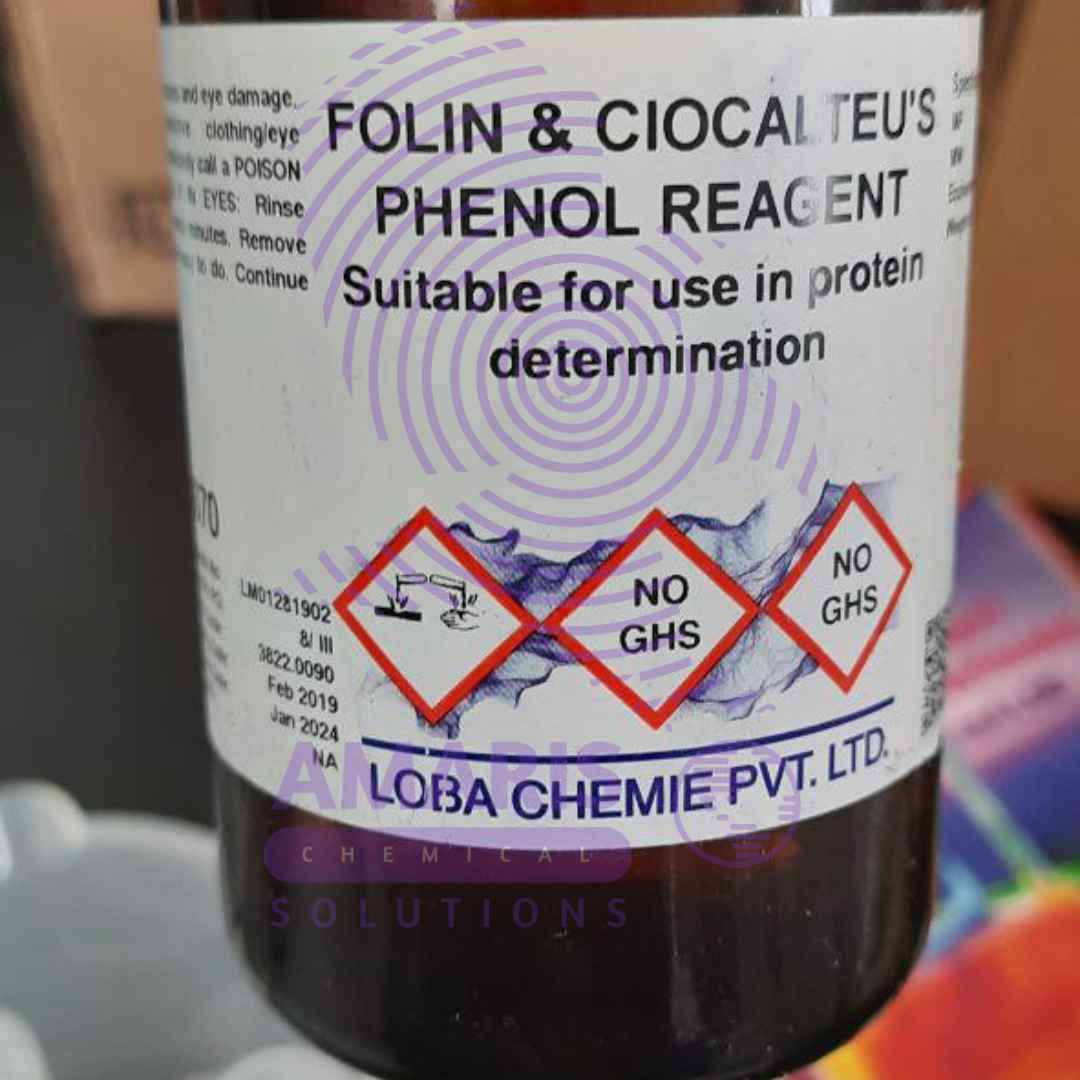
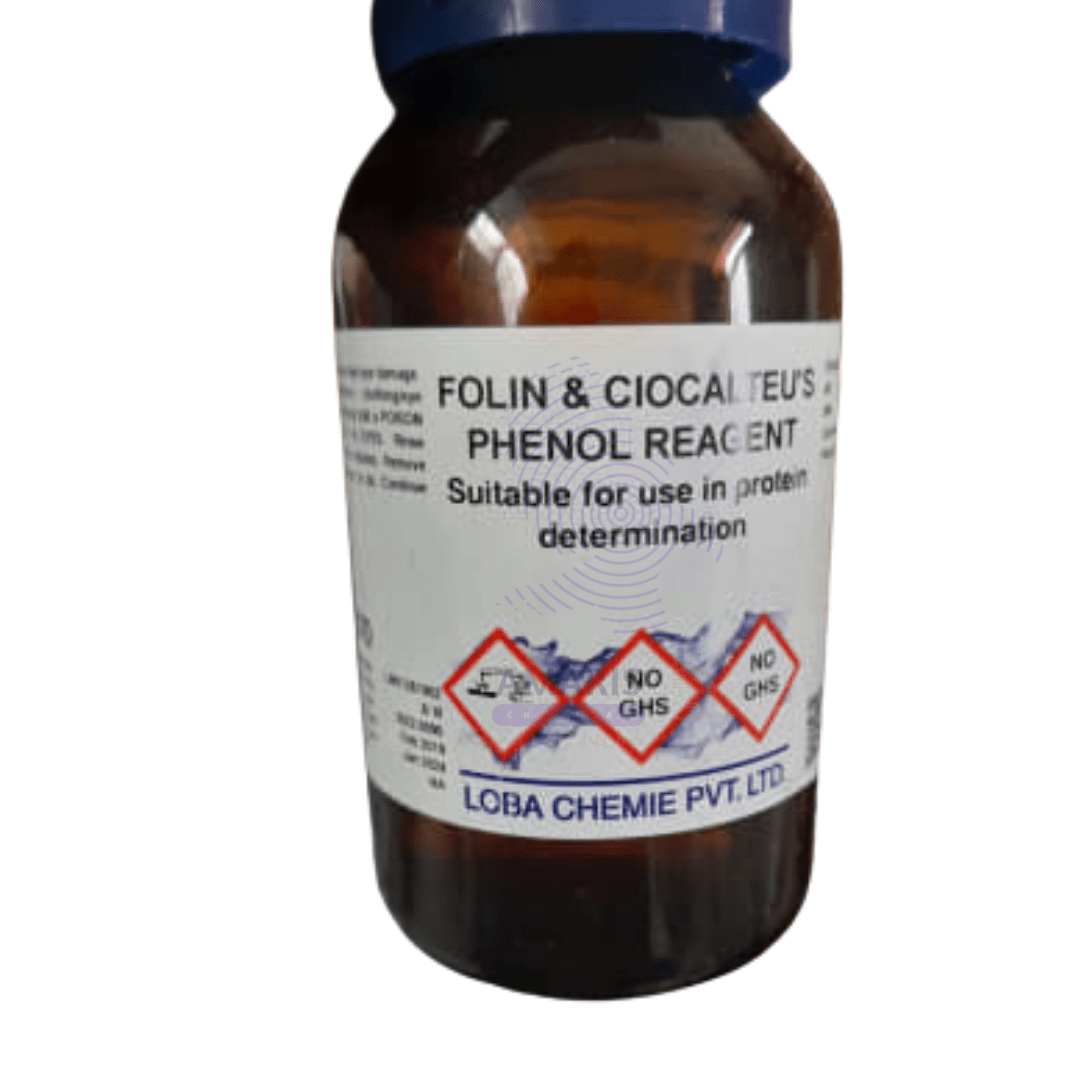
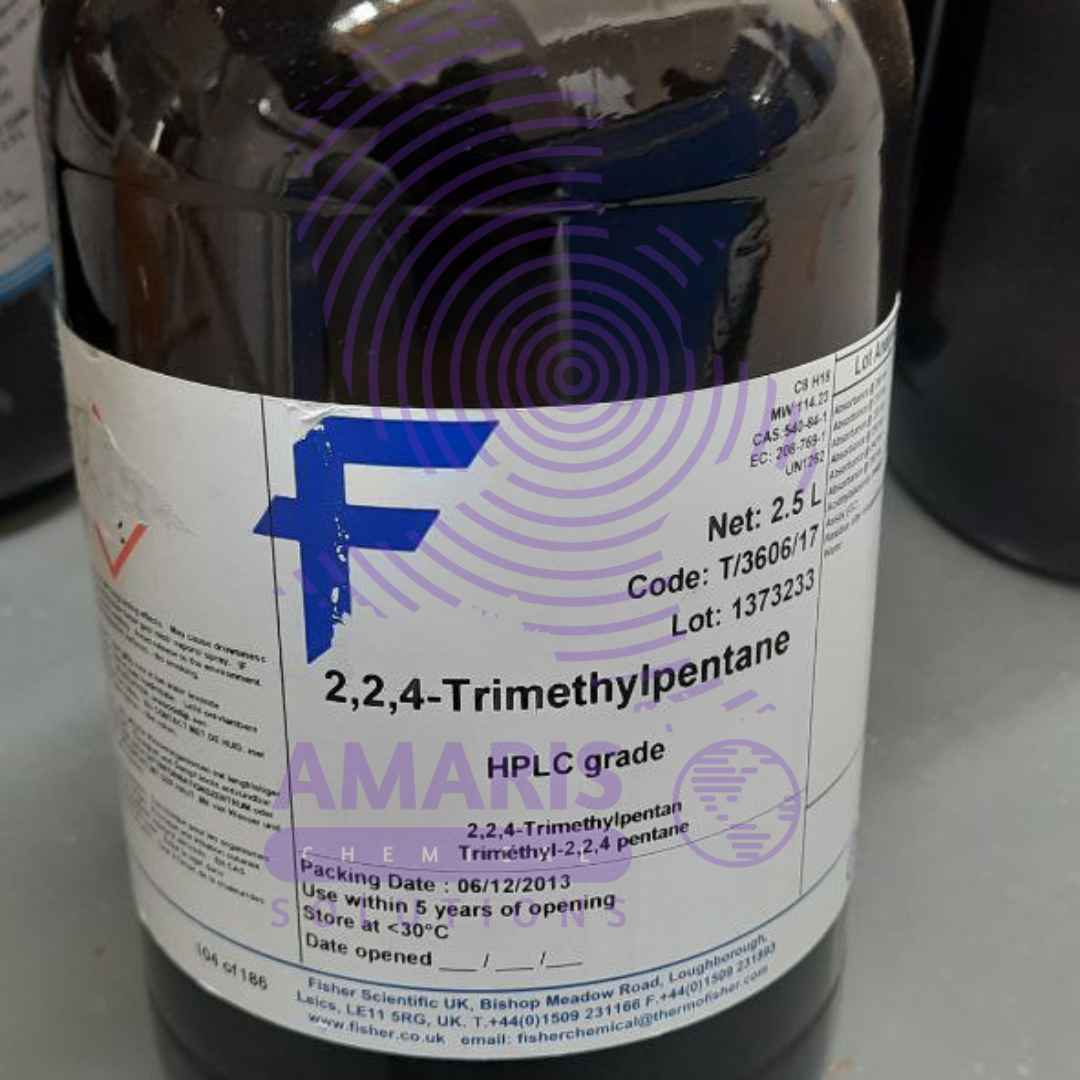

Folin Ciocalteus Phenol Reagent 2.5l
$5,500.00 Original price was: $5,500.00.$5,000.00Current price is: $5,000.00.
Folin Ciocalteus phenol reagent is a chemical solution commonly used in analytical chemistry to determine the concentration of phenolic compounds, particularly in plant extracts and food samples. The reagent is named after its developers, Otto Folin and Vintilă Ciocâlteu.
The Folin-Ciocalteu reagent consists of a mixture of phosphomolybdic and phosphotungstic acids in a highly alkaline solution (usually sodium carbonate or sodium hydroxide). When this reagent comes into contact with phenolic compounds, such as polyphenols, flavonoids, and other aromatic compounds, a blue-colored complex forms due to a reduction of the phosphomolybdic-phosphotungstic acid mixture by the phenols. The intensity of the blue color is proportional to the concentration of phenolic compounds in the sample.
This reagent is widely used for the quantification of total phenolic content in various biological and food samples, making it an essential tool in antioxidant and phytochemical research. The Folin-Ciocalteu assay is a reliable and well-established method for assessing the antioxidant capacity of samples and has been utilized in numerous scientific studies and analytical applications.
Folin Ciocalteus Phenol Reagent
Folin-Ciocalteu’s phenol reagent is widely used in various laboratory settings due to its effectiveness in quantifying phenolic compounds. Here are some specific laboratory uses:
1. Food and Beverage Analysis
- Total Phenolic Content (TPC): Determining the TPC in fruits, vegetables, juices, wines, teas, and other food products to assess their antioxidant capacity and nutritional value.
- Quality Control: Ensuring the quality and consistency of food products by monitoring phenolic content, which can affect flavor, color, and health benefits.
2. Plant and Agricultural Research
- Phytochemical Screening: Analyzing plant extracts for phenolic compounds, which are important for understanding plant biochemistry, ecology, and potential medicinal properties.
- Breeding Programs: Selecting plant varieties with higher phenolic content for improved health benefits and disease resistance.
3. Pharmaceutical and Cosmetic Industries
- Herbal Extracts: Measuring phenolic content in herbal and botanical extracts used in dietary supplements and traditional medicines.
- Cosmetic Formulations: Analyzing phenolic compounds in cosmetic products for their antioxidant properties, which can protect skin from damage and aging.
4. Environmental Science
- Soil and Water Analysis: Determining phenolic compounds in soil and water samples to study environmental pollution and the effects of phenolic pollutants on ecosystems.
- Waste Treatment: Monitoring phenolic content in industrial effluents and wastewater to ensure compliance with environmental regulations.
5. Biomedical Research
- Antioxidant Studies: Investigating the antioxidant properties of various compounds and extracts, which can contribute to the development of new therapeutic agents.
- Nutritional Studies: Analyzing the phenolic content in dietary supplements and functional foods to understand their health benefits.
6. Biochemical and Molecular Biology
- Enzyme Activity Assays: Using the reagent to measure the activity of enzymes that oxidize phenolic compounds, such as polyphenol oxidases and peroxidases.
- Metabolomics: Studying the phenolic profile of biological samples to understand metabolic pathways and their regulation.
2 reviews for Folin Ciocalteus Phenol Reagent 2.5l


MAECENAS IACULIS
Vestibulum curae torquent diam diam commodo parturient penatibus nunc dui adipiscing convallis bulum parturient suspendisse parturient a.Parturient in parturient scelerisque nibh lectus quam a natoque adipiscing a vestibulum hendrerit et pharetra fames nunc natoque dui.
ADIPISCING CONVALLIS BULUM
- Vestibulum penatibus nunc dui adipiscing convallis bulum parturient suspendisse.
- Abitur parturient praesent lectus quam a natoque adipiscing a vestibulum hendre.
- Diam parturient dictumst parturient scelerisque nibh lectus.
Scelerisque adipiscing bibendum sem vestibulum et in a a a purus lectus faucibus lobortis tincidunt purus lectus nisl class eros.Condimentum a et ullamcorper dictumst mus et tristique elementum nam inceptos hac parturient scelerisque vestibulum amet elit ut volutpat.
Related products
Acetaldehyde
- Chemical Structure: Acetaldehyde consists of two carbon atoms, one oxygen atom, and four hydrogen atoms. Its structure is CH3CHO, where the carbon atom in the middle is doubly bonded to an oxygen atom and singly bonded to a hydrogen atom and a methyl group (CH3).
- Occurrence: Acetaldehyde can be found naturally in various ripe fruits, coffee, and heated milk. It is also produced by the oxidation of ethanol (alcohol) by enzymes in the liver and other tissues in humans, making it an intermediate product in alcohol metabolism.
Aceto Carmine 100 ml
Properties
- Color: Red to purplish-red.
- Solubility: Soluble in water and ethanol.
- Staining Characteristics: Stains chromatin and cytoplasmic components, providing contrast for better visualization under a microscope.
Preparation
- Ingredients:
- Carmine dye: A natural red dye extracted from the cochineal insect.
- Acetic acid: A colorless liquid organic compound with a pungent smell.
- Procedure:
- Dissolve a specific amount of carmine powder in hot distilled water.
- Add glacial acetic acid to the solution.
- Filter the mixture to remove any undissolved particles.
Aluminum Fine Powder
Aluminum Potassium Sulphate 500gm
Physical Properties:
- Appearance: Colorless, transparent crystals or white powder.
- Solubility: Soluble in water but insoluble in alcohol.
- Melting Point: Decomposes at high temperatures before melting.
Chemical Properties:
- Molecular Formula: KAl(SO₄)₂·12H₂O
- Molecular Weight: 474.39 g/mol (for the dodecahydrate form)
- Acidity: It is slightly acidic in aqueous solution.










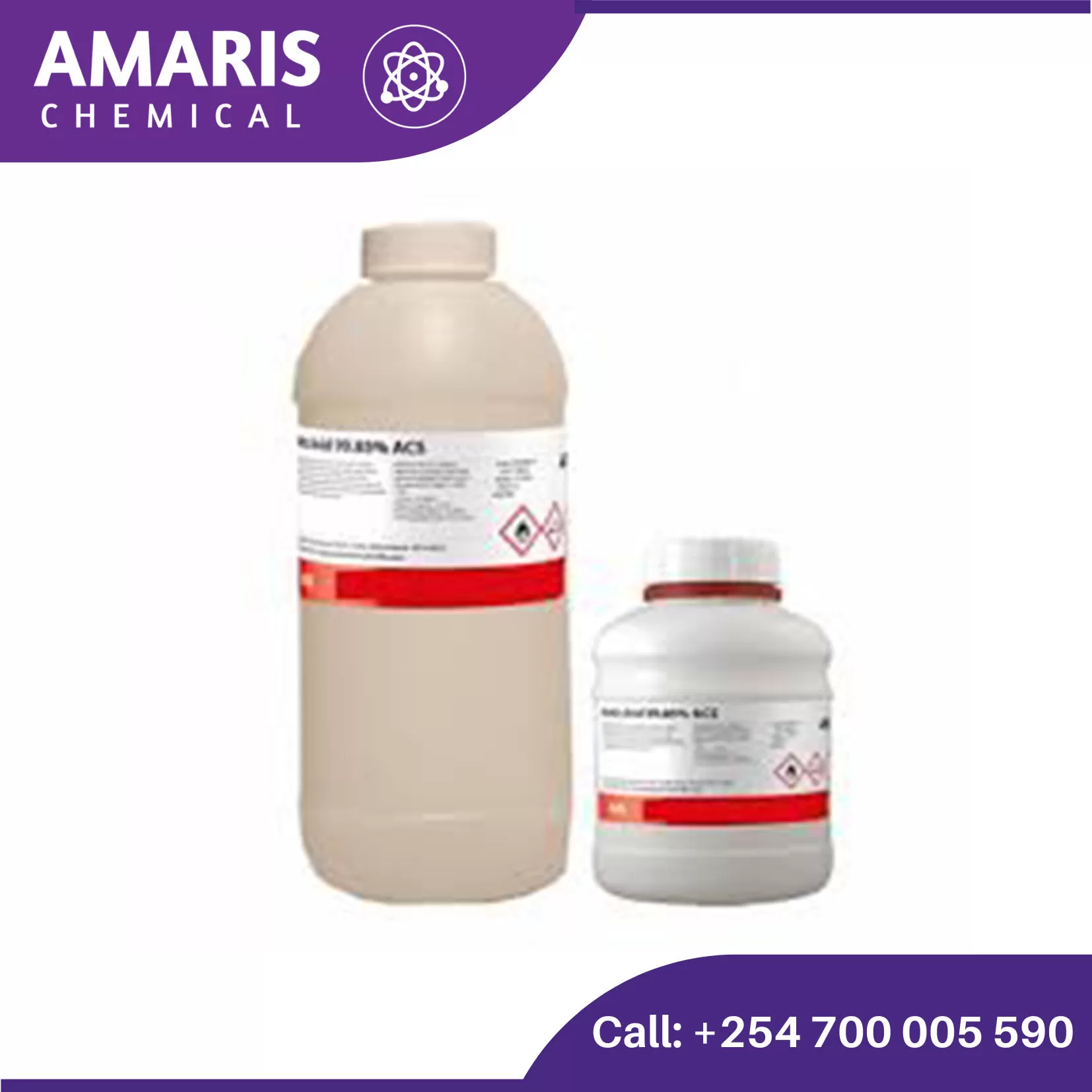
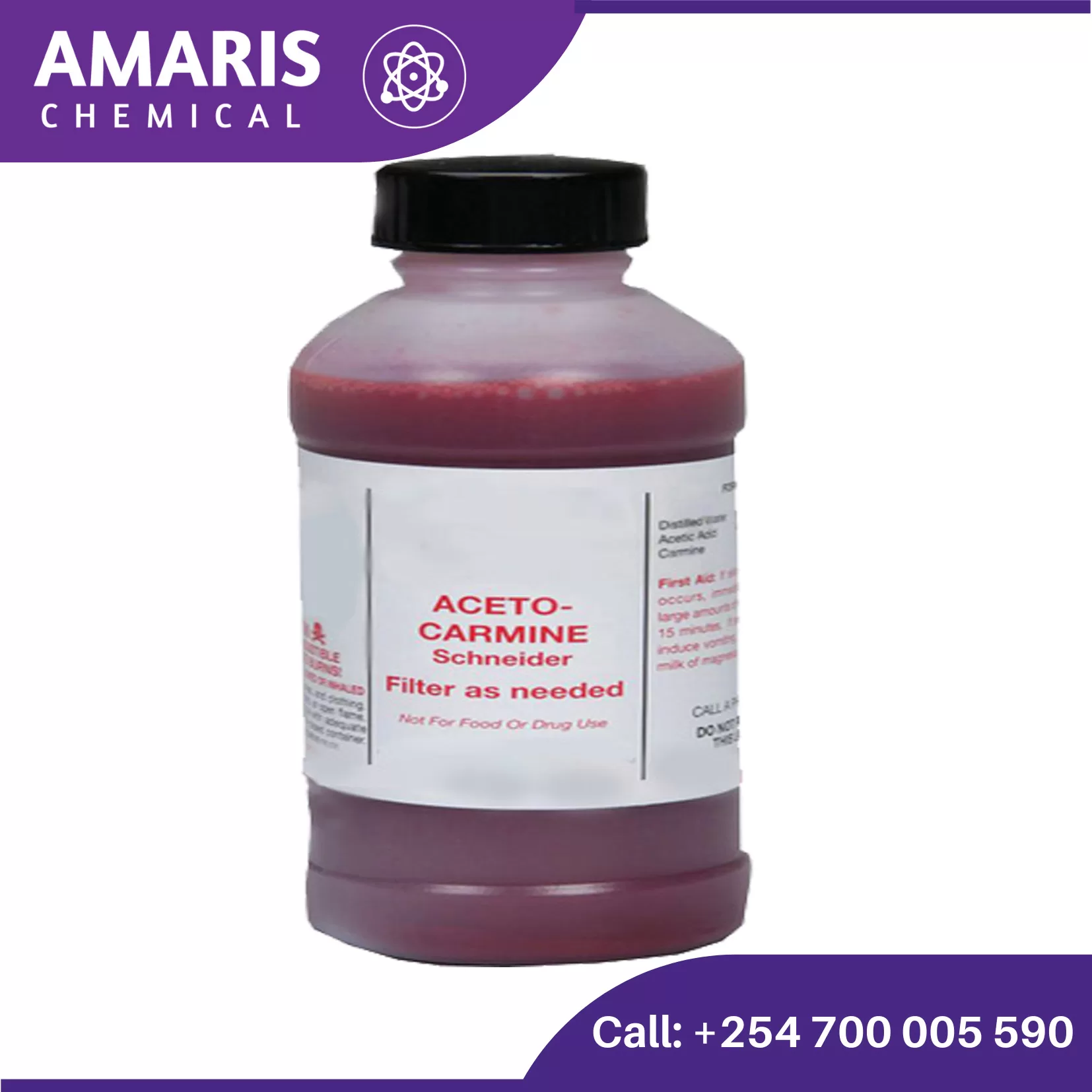
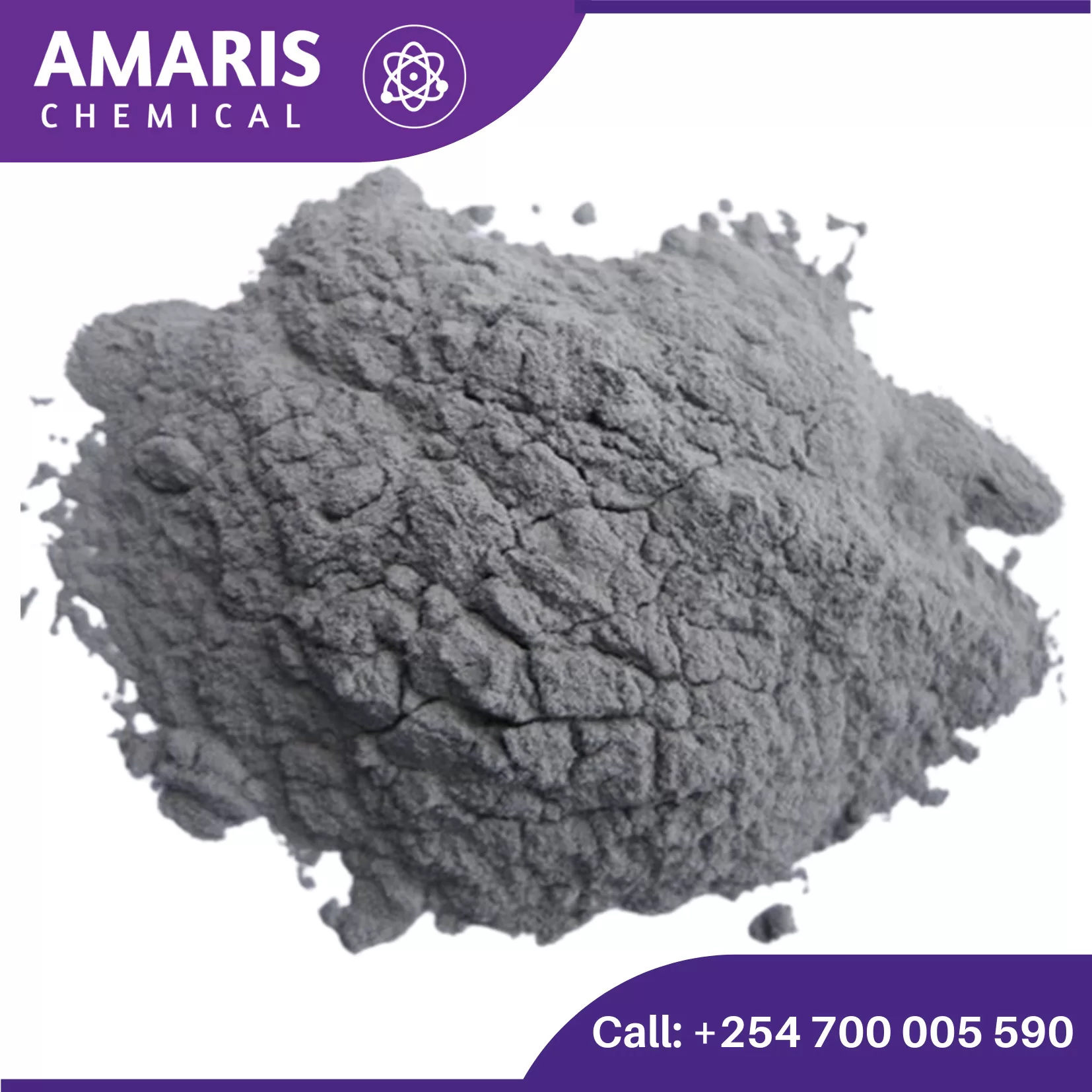
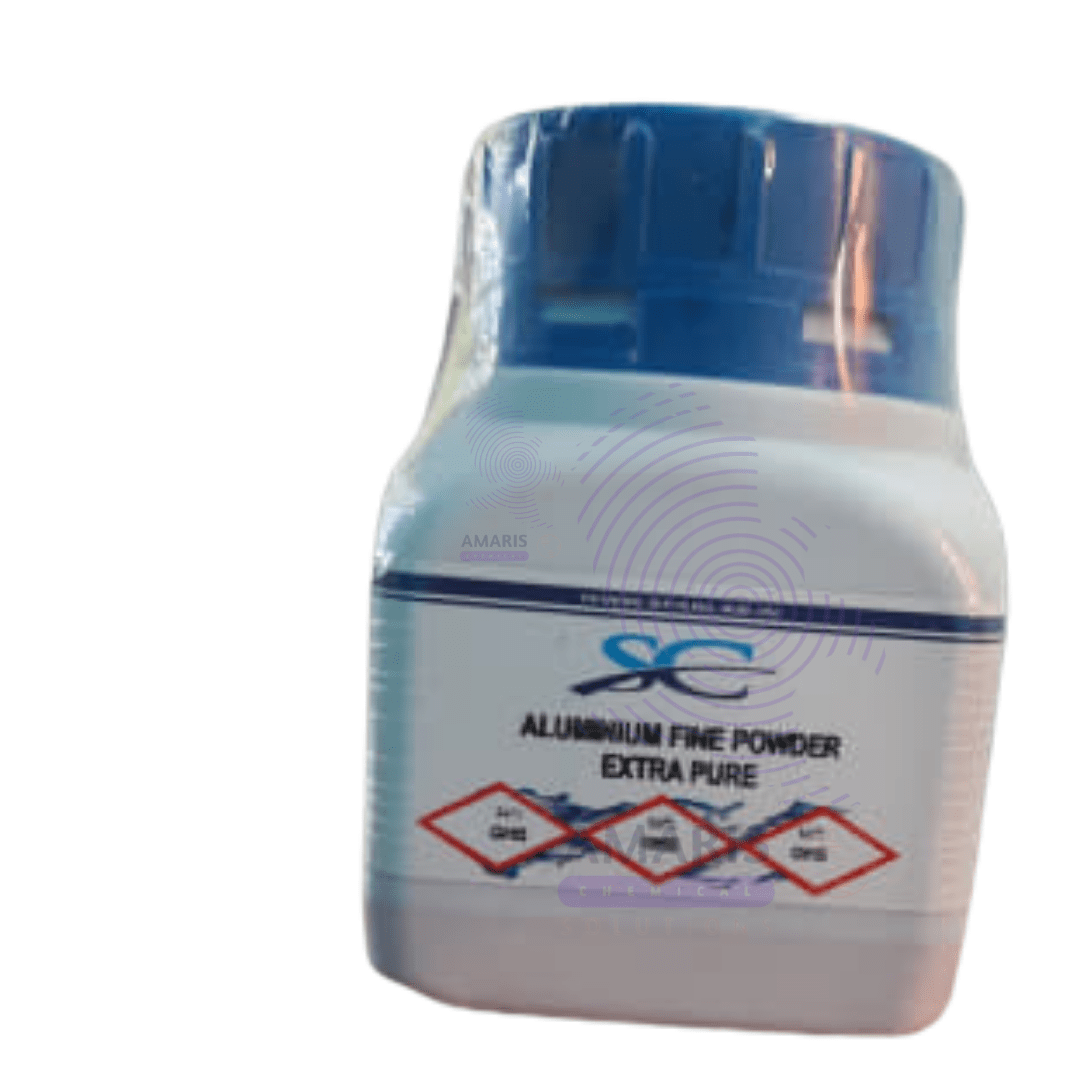
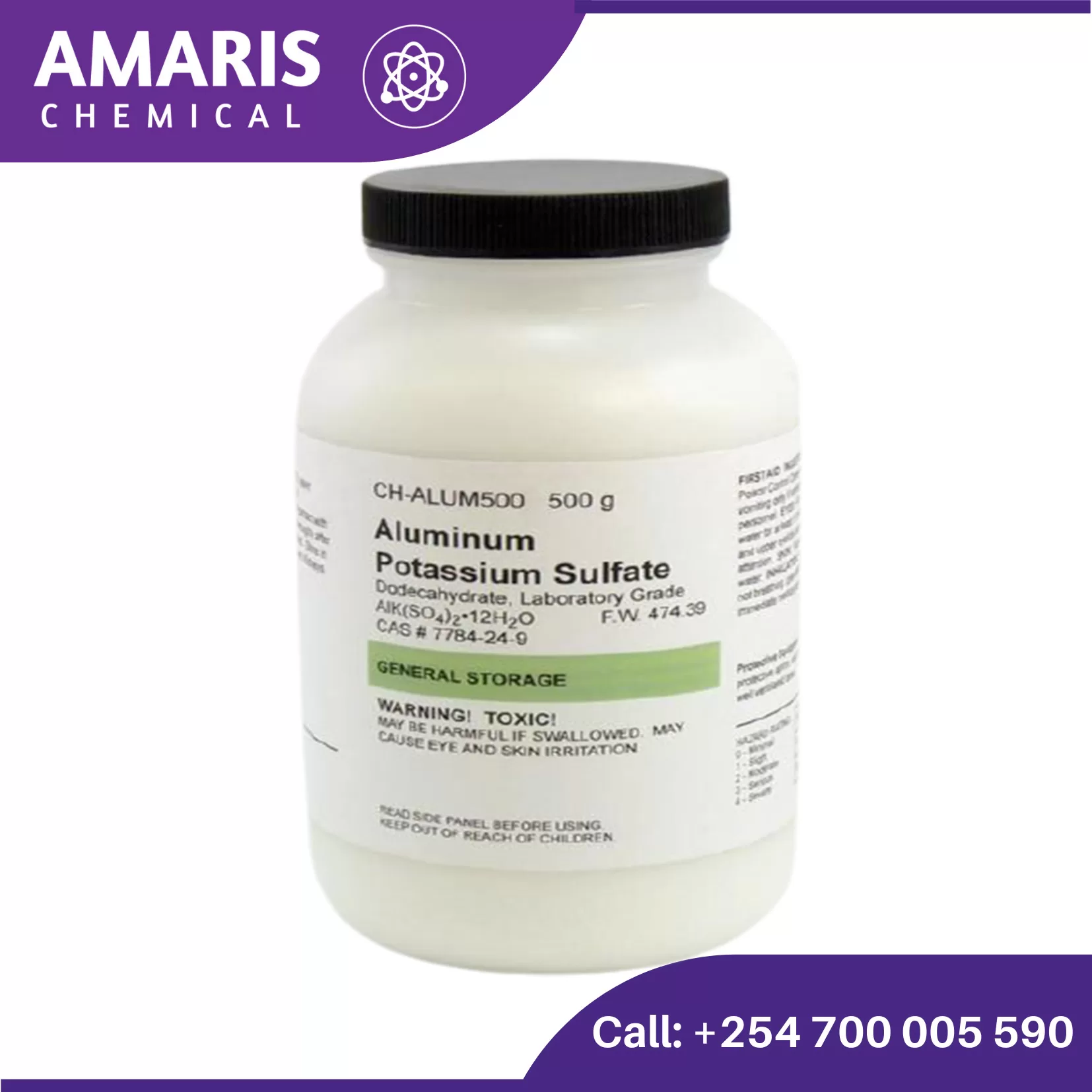
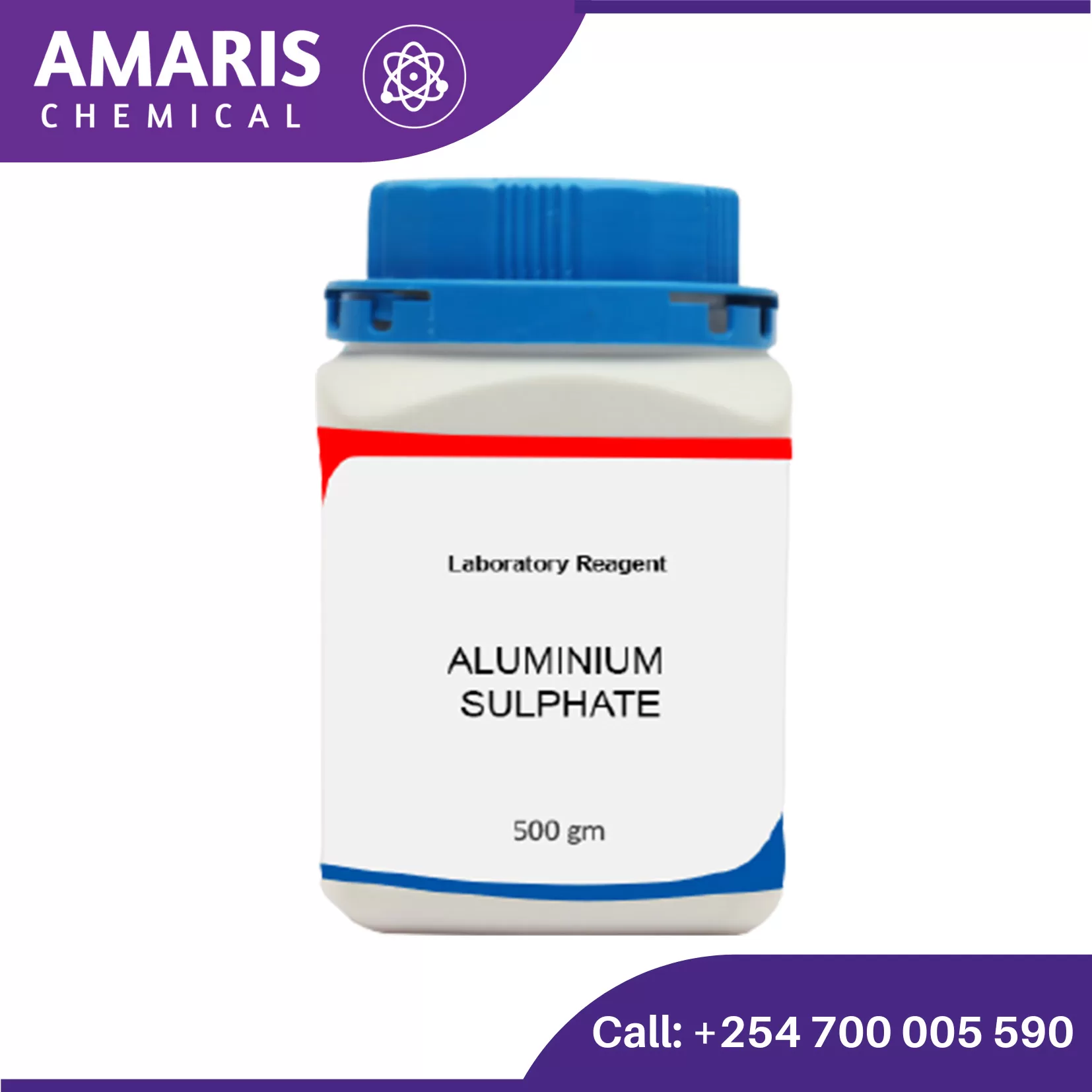
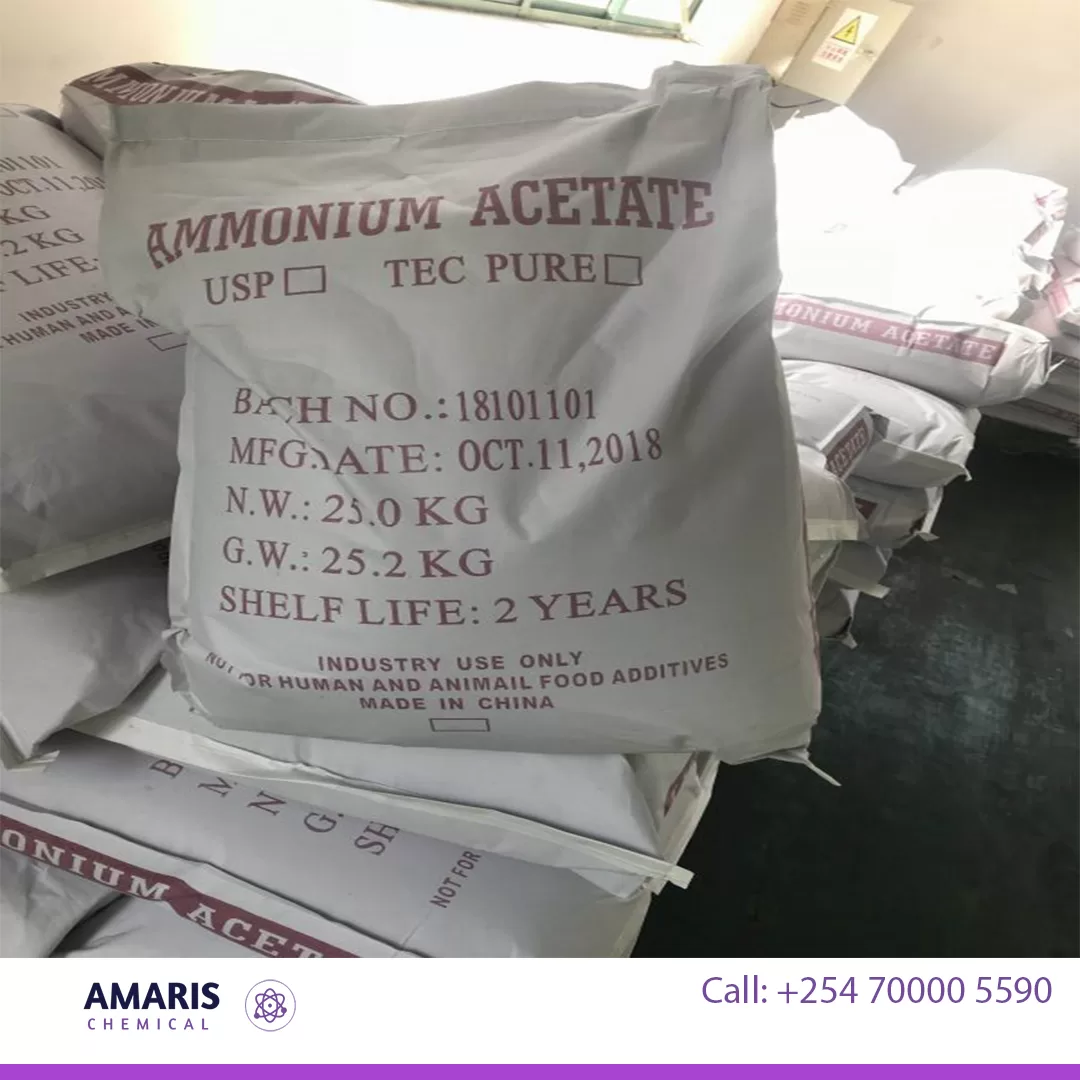
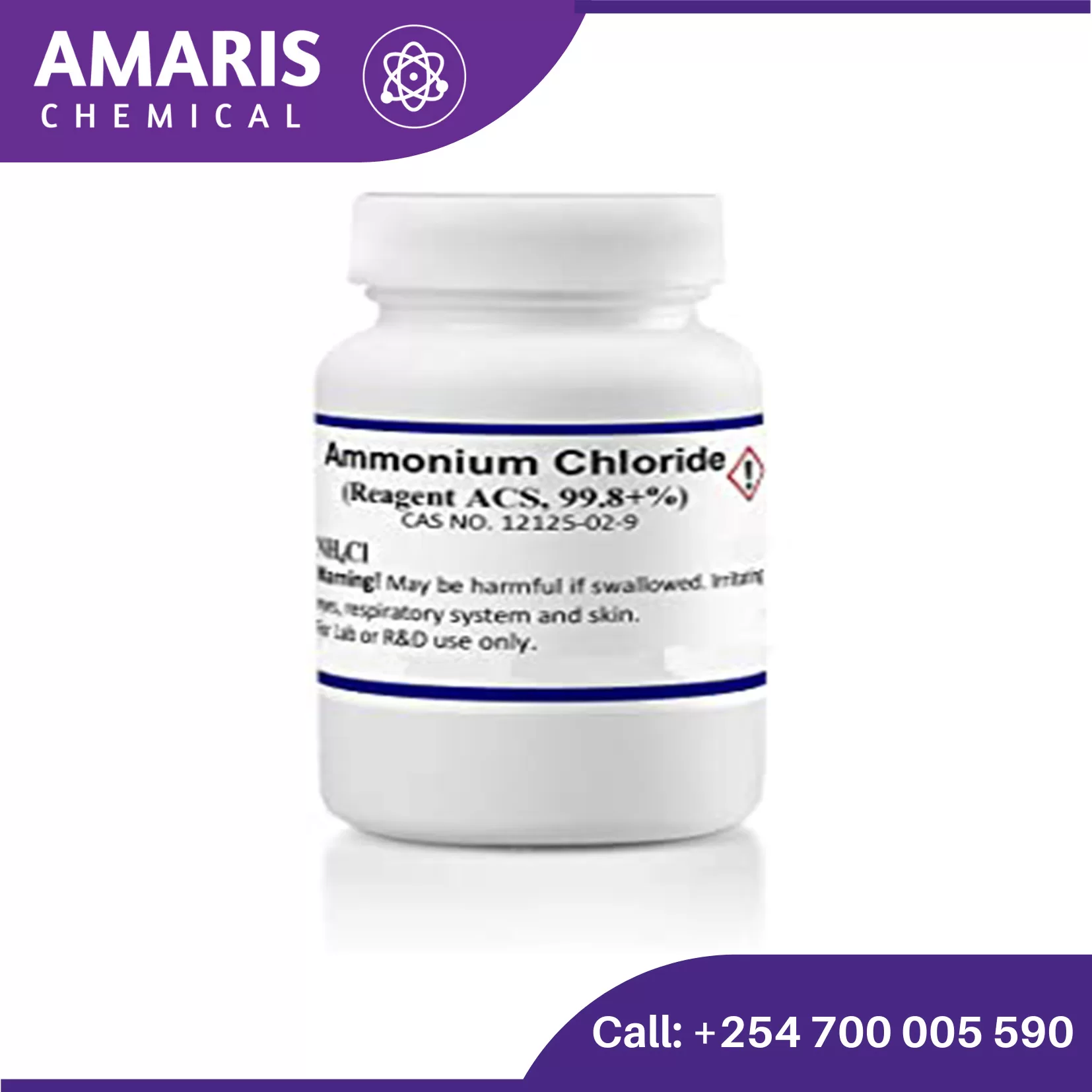
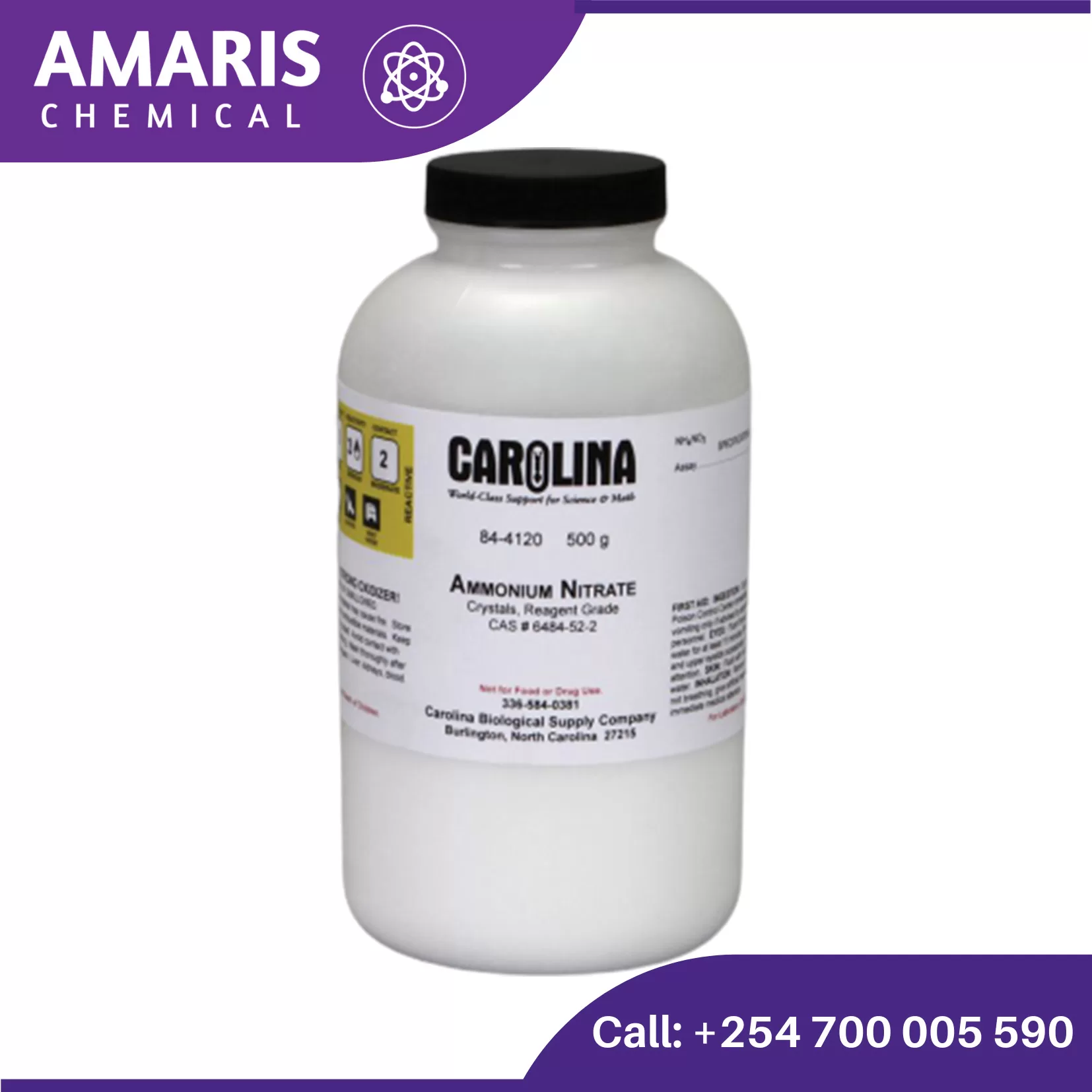









Kioi –
Used to measure the total phenolic compounds in various samples
Lincy –
Antioxidant Activity Evaluation: It is used in assays like the Folin-Ciocalteu method for assessing the antioxidant activity of various substances. This helps evaluate the antioxidative properties of foods, natural products, and medicinal plants